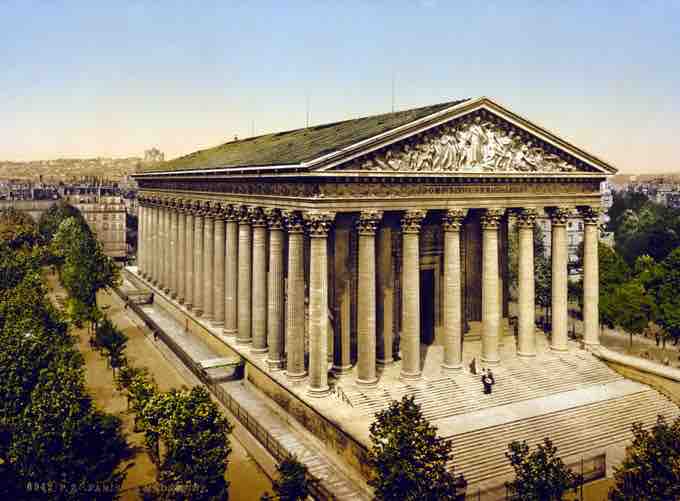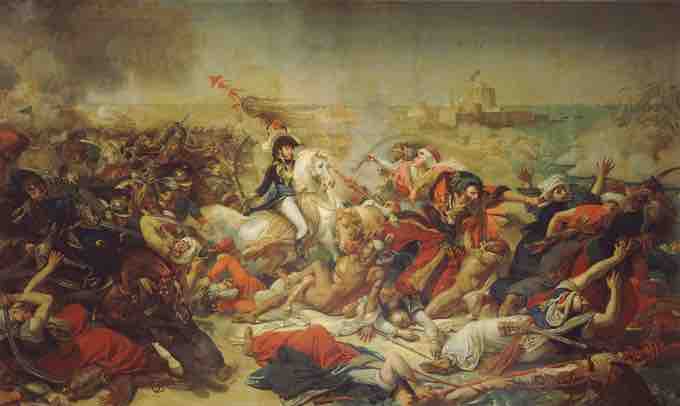The Empire style, considered by many to be the second phase of Neoclassicism, is an early-19th-century design movement in architecture, furniture, and the decorative arts which lasted until about 1830. The style originated during the rule of Napoleon I in the First French Empire and was intended to idealize Napoleon's French state.
The Empire style developed and elaborated the Directoire style of the immediately preceding period, which aimed at a simpler but still elegant evocation of the virtues of the Ancient Roman Republic. Empire style architecture was based on aspects of the Roman Empire and its many archaeological treasures which had been rediscovered starting in the 18th century. The style was considered to have "liberated" and "enlightened" architecture just as Napoleon "liberated" the people of Europe with his Napoleonic Code. Inspiration for architectural designs drew heavily on symbols and ornaments borrowed from the ancient Greek and Roman empires. Buildings typically had simple timber frames and box-like constructions, veneered in expensive mahogany that was imported from the newly-acquired colonies.
After Napoleon lost power, the Empire style continued to be in favor for many decades, with minor adaptations. The most famous Empire-style structures in France are the grand neoclassical Arc de Triomphe du Carrousel, Vendôme column, and La Madeleine, which were built in Paris to emulate the edifices of the Roman Empire.

The Madeleine
Église de la Madeleine in Paris, a Temple to the Glory of Napoleon's Grande Armée. This structure reflects the Empire style of architecture in its emulation of ancient Greco-Roman facades, especially in its extensive use of Greek columns.
In Napoleonic painting, themes often revolved around the military and the glorification of Napoleon's campaigns. Battle paintings were increasingly produced for large public buildings and grew larger in size than ever before. Baron Gros painted mostly glorifications of Napoleon and his victories, but his 1808 painting of the Battle of Eylau does not neglect the suffering of the dead and wounded on the frozen battlefield. In contrast, Goya's large paintings The Second of May 1808 and The Third of May 1808 emphasized the brutality of the French forces during the Peninsular War in Spain.

Bataille d´Aboukir, 25 juillet 1799, 1806
By Antoine-Jean Gros, representative of Empire-style painting, which depicted Napoleon on the battlefield as a conquering victor.